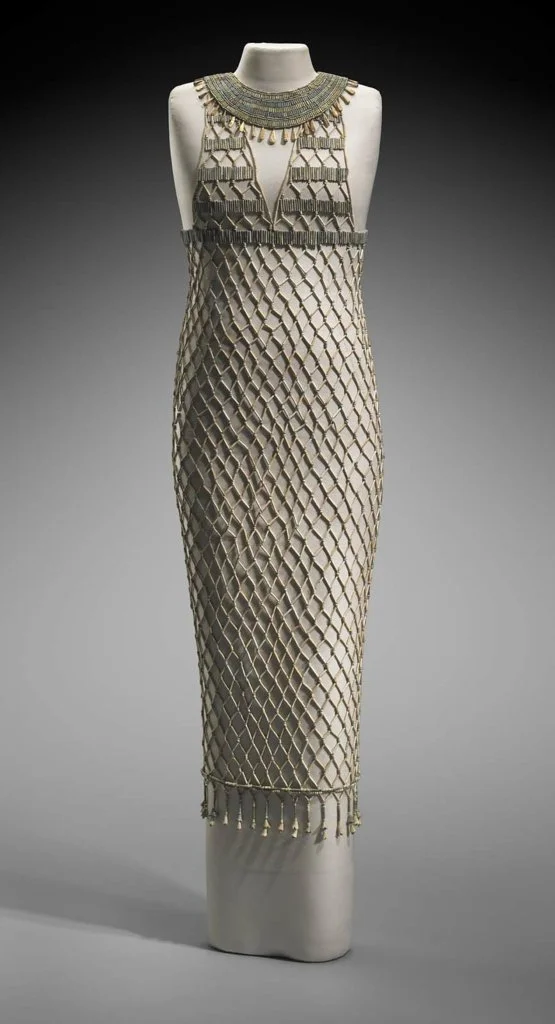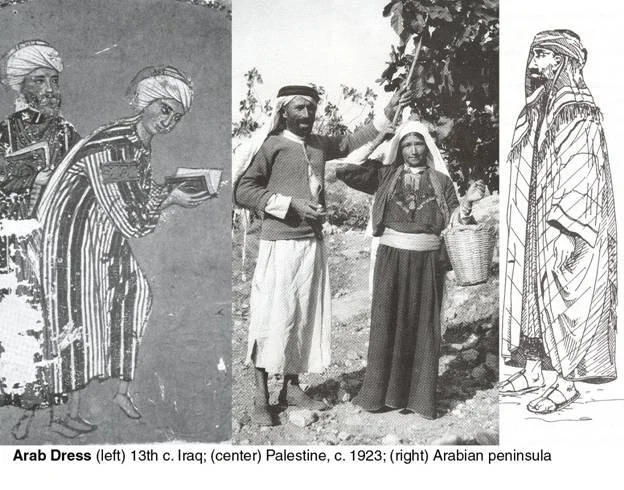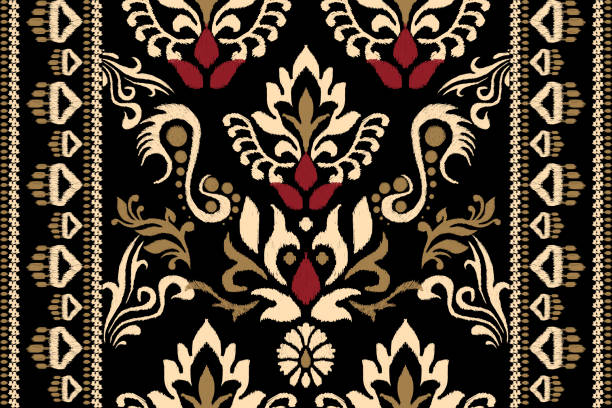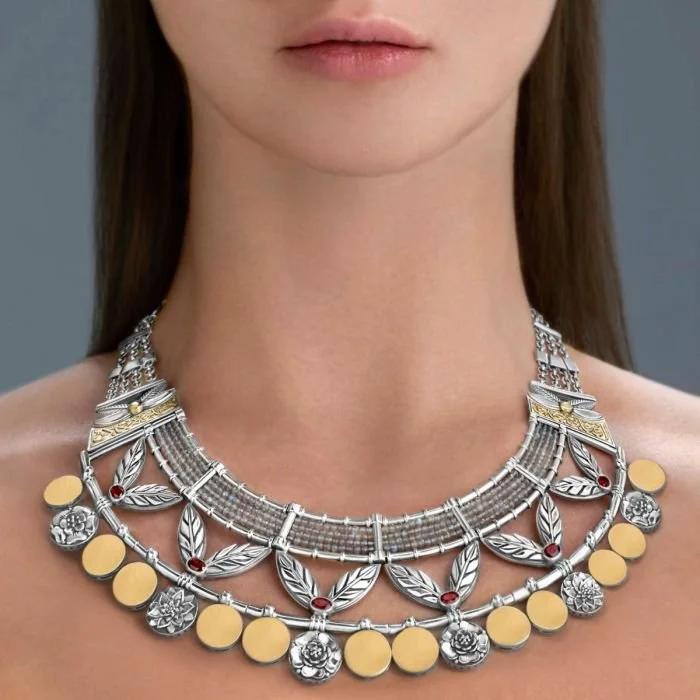History of Middle Eastern Attire
Middle Eastern attire is a vibrant and diverse tapestry that reflects the rich and intricate history, culture, and traditions of the region. From flowing robes to intricate headgear, The influence of Middle Eastern attire stretches back thousands of years, reflecting the region's rich history, diverse traditions, and the interplay of factors like geography, climate, religion, and social values. A tapestry that weaves together the threads of tradition and religion. It has evolved over centuries and continues to captivate with its beauty and symbolism. In this blog, we embark on a journey through time to explore the history of Middle Eastern attire.
The Birth of Tradition
The roots of Middle Eastern clothing can be traced back to ancient civilizations that flourished in the region. From the Mesopotamians to the Egyptians, clothing was not just a practical necessity but a symbol of social status and identity. Linen, cotton, and wool were commonly used fabrics, and garments included tunics, robes, and shawls. Clothing choices were also influenced by religious beliefs. In some cases, specific garments were worn as symbols of piety and devotion. The choice of fabrics and textiles was influenced by the region's climate and geography. In the warm and arid climates of the Middle East, natural fibers like linen and cotton were favored for their breathability and comfort. The ancient Egyptians, for example, were known for their use of linen due to the availability of flax in the Nile Delta.
Maker unknown. Beadnet dress, Egyptian, Old Kingdom, Dynasty 4, Reign of Khufu, 2551 - 2528 BCE. Faience and gold; 44 x 113 cm (17 5/16 x 44 1/2 in). Boston: Museum of Fine Arts, 27.1548.1. Findspot: Egypt, Giza, Tomb G 7440 Z. Source: MFA Boston
Influence of Religion
With time, the weight of religion in the area shifted the dressing norms and views of the world. Religion has had a profound impact on Middle Eastern attire. The spread of Islam introduced modesty in dress, leading to the development of garments like the hijab for women and the thawb for men. These garments are not only expressions of faith but also serve to unify diverse Muslim communities.
While Islam is the predominant religion in the Middle East, there are also Christian and Jewish communities in the region. These communities may have their own religious attire or practices related to clothing. In some Christian communities, clerics and clergy wear distinctive robes and garments for religious ceremonies, while Jewish men may wear a kippah (yarmulke) as a head covering.
Traditional Garb
Traditional Middle Eastern attire varies widely across countries and regions. The djellaba, popular in North Africa, is a long robe often worn with a hood, while the abaya is a flowing cloak commonly worn by women in the Arabian Peninsula. The kaftan, with its ornate embroidery, has been a symbol of Middle Eastern luxury for centuries.
Intricate Embroidery
One of the hallmarks of Middle Eastern attire is the art of embroidery. Elaborate and colorful patterns adorn clothing, representing various motifs and cultural symbols. The craft of embroidery has been passed down through generations and continues to be a source of pride and identity. The choice of fabrics is crucial in Middle Eastern attire as well. Silk, satin, and chiffon are often used for special occasions, while more practical fabrics like cotton and wool are used for everyday wear. Textures such as brocade and jacquard also add depth and dimension to garments.
The Role of Jewelry
Accessories play a vital role in Middle Eastern attire. Intricately designed jewelry, including necklaces, bracelets, and earrings, are worn to complement and enhance the overall look. These pieces often carry cultural and familial significance. Jewelry can also symbolize important life events such as weddings, births, and milestones, and may be given as gifts to mark these occasions. there are also contemporary adaptations that blend traditional designs with modern aesthetics. These pieces often appeal to younger generations and may incorporate more minimalist and versatile styles.
Modern Evolution
Attire is not merely clothing; it's a form of self-expression and identity. It symbolizes cultural heritage, faith, and a connection to the past. Many individuals choose to wear traditional clothing on special occasions or as an everyday choice to celebrate their roots
In recent years, there has been a resurgence of interest in traditional Middle Eastern attire. Designers and fashion enthusiasts are exploring ways to incorporate classic elements into modern fashion, reimagining and preserving the region's sartorial heritage. And this Phenomenon will continue to increase in the future.




